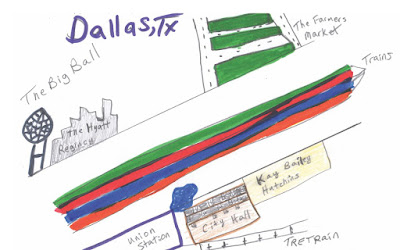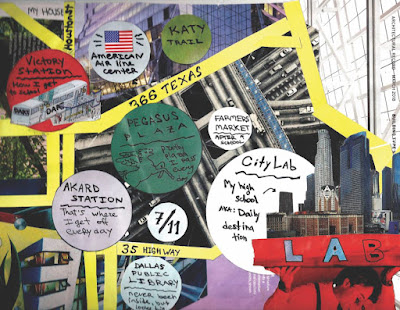This is a good week for fiction so here is a map showing locations of some of the great American novels.
-via Hog Island PressWednesday, August 26, 2020
Wednesday, August 19, 2020
Another Haul of Maps
I acquired more old maps on a recent visit to my mother's apartment. I was prepared to say no I don't need these until I looked at them and decided that most are keepers. Here are a couple of highlights:
This is a nicely detailed map of Bangkok produced for guests of the Naga House (I can't find any confirmation that this place still exists) and distributed by the Society of Conceirges. Here is a nice elephant cartouche with the credits. I tried to look up A. C. Doyle but all information leads to the author of Sherlock Holmes.The back side shows the Pratunam district and a very detailed map of the Chatuchak Market. I'm not sure why these are the highlighted locations as neither of them are very close to the Naga House and there are so many other interesting markets and districts.
For comparison, here is a recent blurry map of the market.
One of the charming elements of these maps is the annotations in pen. I don't know where this map came from so the 1, 2 and 3 notations are a mystery. They could be stores, hotels, restaurants or something else.
The locator map has a nice watercolor effect.
Here is an official Croatia tourist map from 2004.
One side of the map is all charming pictorial detail. The quaint city center of Zagreb is shown without the massive apartment blocks that surround it. The other side of the map is a standard road map. Here is charm and utility side by side.
Here is neighboring Slovenia. This one is all charm and limited navigational utility.
I'll stop - for now.
Wednesday, August 12, 2020
Dallas - According to their own residents
The multicolored ribbon across the center represents the transit (DART) lines. Participants included students at the CityLab high school, homeless people who attended workshops at the central library and others from around the city. These maps were taken from an article in the Dallas Morning News - MAP does not appear to show the results online.
Here is one more from the article.

















